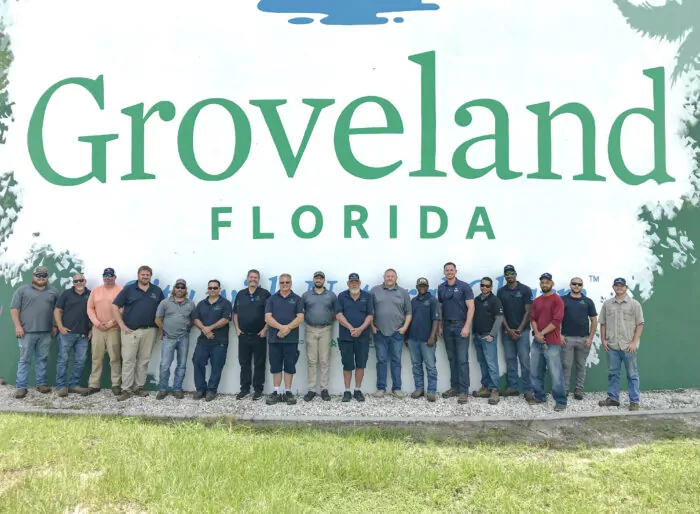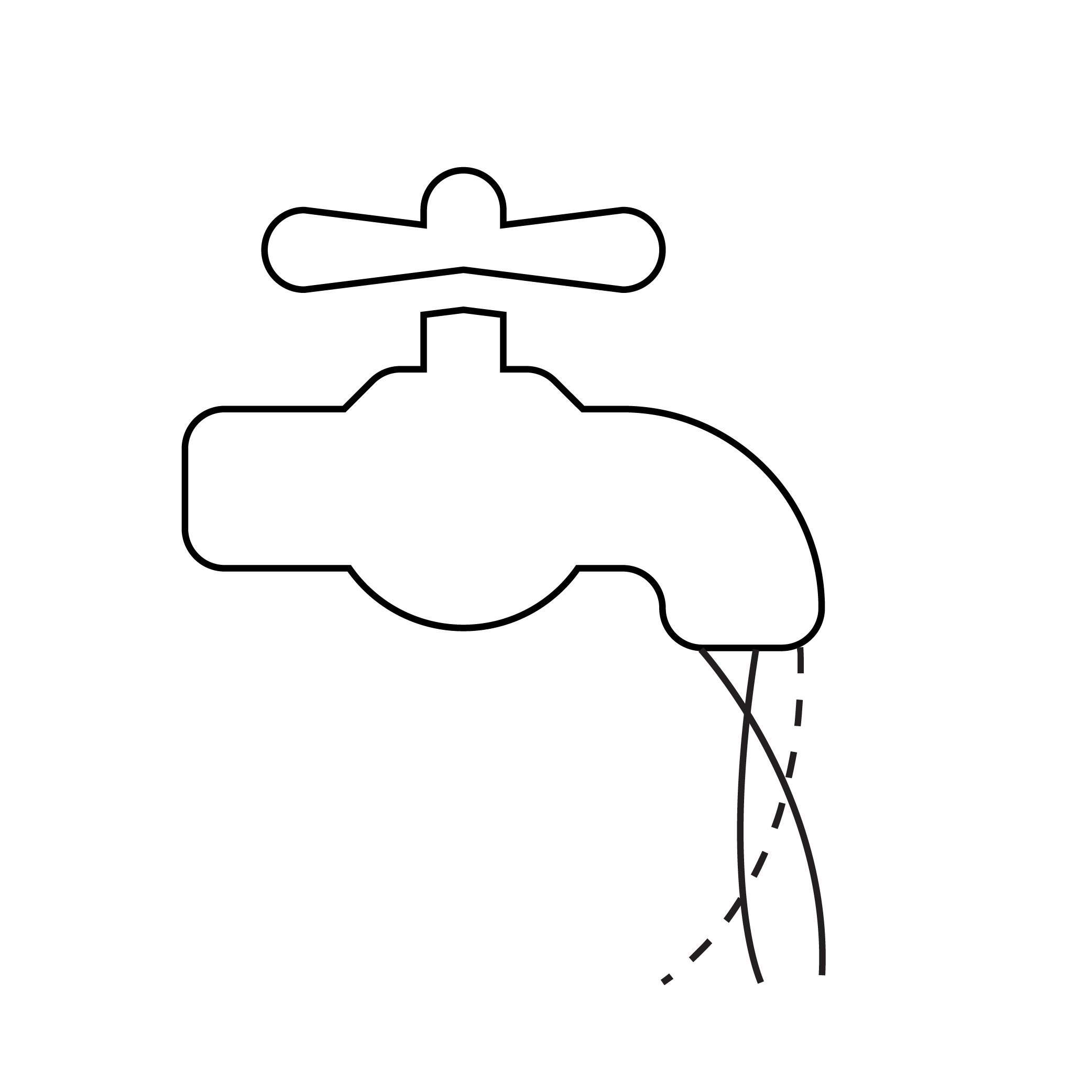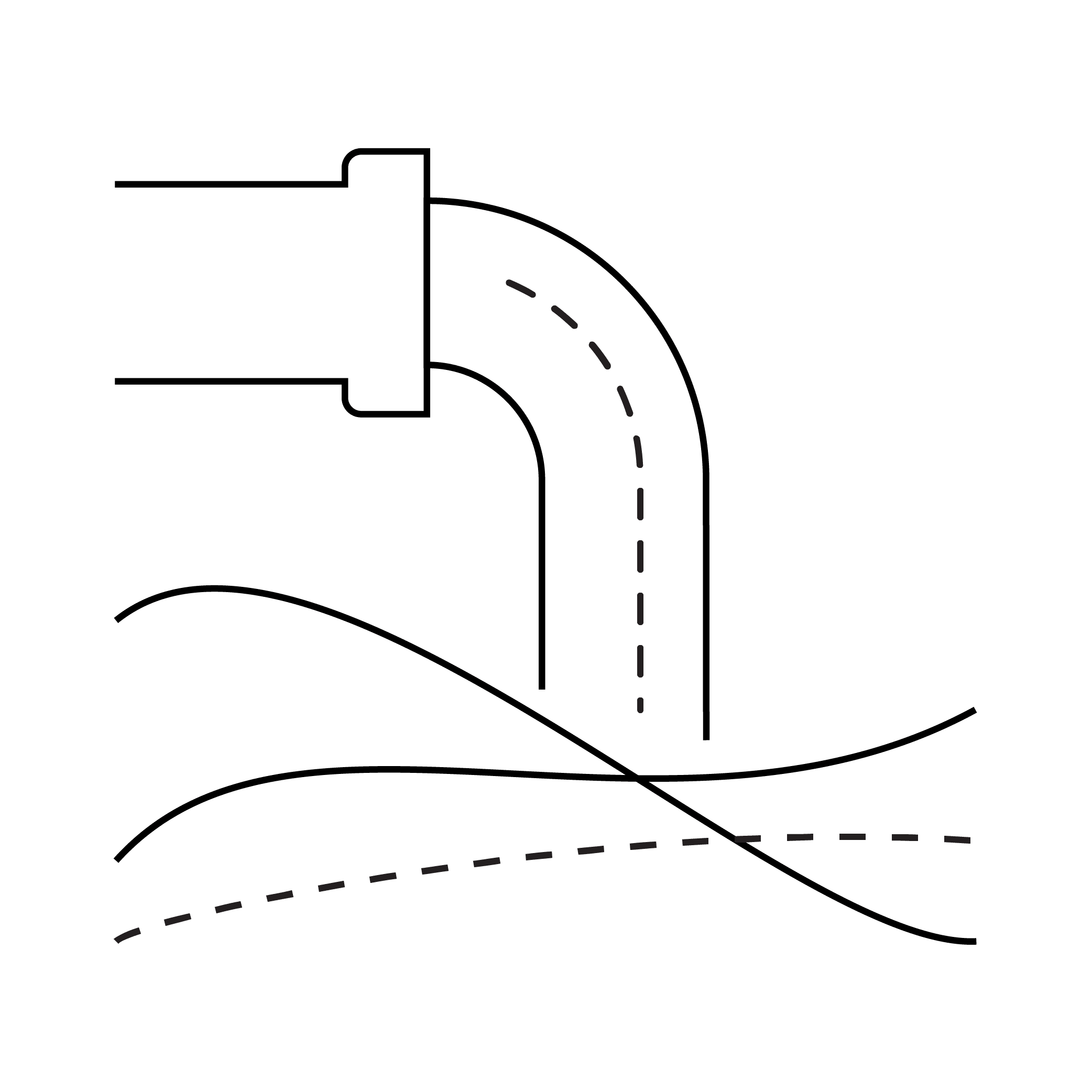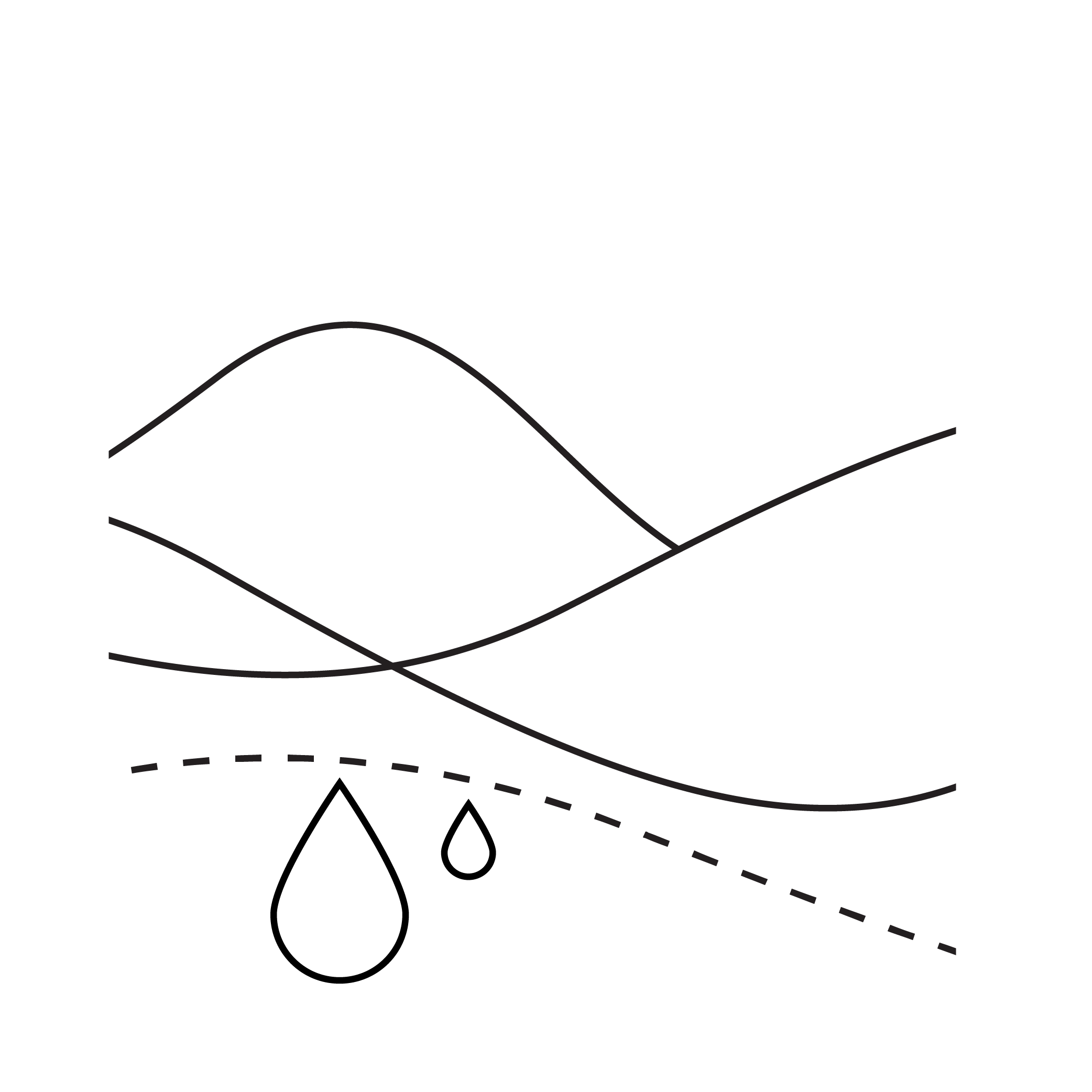Planning for current and future growth
It was identified early on in our partnership that Groveland would benefit from a Utility Master Plan. This comprehensive document serves as guidance for the city as they strive to provide safe and reliable drinking water, wastewater treatment, and reclaim water services for existing and future customers, while using funds in the most efficient and responsible way possible. Our experts leveraged system condition assessments and model simulations to identify existing deficiencies and opportunities for improvement. The tasks relevant to mitigating deficiencies are identified in the city’s Capital Improvement Plan (CIP), prioritized, and scheduled based on short-term, long-term, and build-out conditions. This process also informed facility planning for a new lower Floridan aquifer well and treatment facility along with planning for a wastewater treatment facility upgrade to accommodate future growth.
This work identified nearly $70 million in capital projects, which is where our funding experts stepped in to help the city apply for Florida Department of Environmental Protection State Revolving Funds (FDEP-SRF). The program awarded the city nearly $1 million for planning and nearly $5 million for design and is also slated for $50 million in alternative funding for the construction of identified improvements. A portion of this funding will also be eligible for grant/principal forgiveness and the remainder will consist of a low interest loan.
In addition to securing FDEP-SRF grants and loans, our drinking water experts consolidated the water treatment plants into one Public Water system identification (PWSID). This effort alone saves time by reducing administrative duties and sampling activities, as well as approximately $25,000 to $30,000 annually in sampling costs alone. Furthermore, a field study revealed inconsistencies between metering and billing, such as not billing for an estimated 20 percent of water produced and distributed. By updating the meter information in the billing system to reflect the units customers had and ensuring meters were right sized for the user, Groveland will recuperate approximately $1.5 million in unrealized revenue. This has created dedicated revenue for a $100 million regional WWTF that will accommodate growth and regionalization, reducing the financial burden to existing ratepayers.
Improving reliable drinking water
The projected population growth in Groveland necessitated a new source of potable water for the city. With demand expected to triple in the next 25 years from 2 MGD to 6 MGD and curtailed withdrawal expected in the Upper Floridan Aquifer, our drinking water engineers are designing the new Villa City WTP that will utilize the prolific Lower Floridan Aquifer as its primary water source.
The multi-phase construction approach will allow Groveland to best match capital investment with an increase in actual water demand over time and allow the city to offset costs with developer contribution as growth continues. The Villa City WTP is situated on a four-acre parcel of land and includes two Lower Floridan Aquifer wells, a sodium hypochlorite disinfection system, a 3 MG ground storage tank (GST), and a high service pump station. Integrating the new facility with the existing SCADA system will allow our operators fully automatic control of the new WTP with back-up power provided by a diesel generator. The new WTP will be connected to the existing distribution system by a 2.5-mile-long 16-inch ductile iron transmission main installed along Highway 27. This will allow use of the new water source by the city’s entire service area.
Furthermore, Woodard & Curran is evaluating three abandoned Upper Floridan Aquifer wells as part of Groveland’s consumptive use plan with the St. Johns River Water Management District (WMD). Our staff is tasked with removing old pumping equipment, evaluating existing wells for decommissioning, converting one well to a monitoring well, coordinating with the WMD, and providing recommendations to the city.
Addressing wastewater management
With two WWTF in the city, Woodard & Curran called on our municipal wastewater experts to develop a sampling program at key points in the collection system. The findings informed a revised Sewer Use Ordinance, which specifically addresses industrial users and attempts to combat their overtaxing of the system. The new ordinance incorporates an industrial pretreatment program (IPP), requiring all industrial users to fill out an application, disclose their discharges, and evaluate whether an industrial pretreatment permit would be necessary. We are currently managing the IPP, including permits, inspections, and reporting of violations or exceedances to the city for enforcement.
As with the drinking water utility, wastewater treatment capacity is also needed to expand and adapt to the city’s growth. We are working with the city to design and perform construction administration on the Sampey Road WWTF expansion, which will increase capacity to 2.0 MGD daily average and 5.0 MGD peak. The system design components include a new headworks screening technology determined by extensive evaluation, oxidation ditch biological treatment with phosphorus and nitrogen removal, secondary clarifiers, disk filters, disinfection, sludge handling, effluent pump station, reject storage tank and electrical improvements. This project is estimated to cost $35 million with grant and loan funding secured through the FDEP.
To further wastewater treatment improvement measures, the Sewer Use Ordnance includes a chapter on Fats, Oils, and Grease (FOG) as it pertains to food service establishments. To keep FOG out of the wastewater collection system, commercial businesses are implementing grease interceptors. We are also piloting an innovative treatment system that addresses grease disposal and processing. This allows the city to accept truckloads of grease for a tipping fee and produce valuable brown grease advanced biofuel as a source of revenue. In May 2023 alone, a total 206,498 gallons of FOG were brought to the system for treatment and operators are working to optimize the system’s functionality.
Leveraging reclaimed water
As with the water and wastewater infrastructure, our experts assessed the city’s water reclamation system and 30 miles of reclaim pipes to make recommendations for pressure improvement. This process included data gathering and GIS development, model development, running various scenarios, pressure tests, installation of flow metering equipment, pump evaluation, and a valve survey. The resulting memorandum of recommendations identified immediate, short, and long-term system improvements to accommodate current, planned, and future growth.

The Groveland Operations & Management Team posed in front of a water storage tank.




